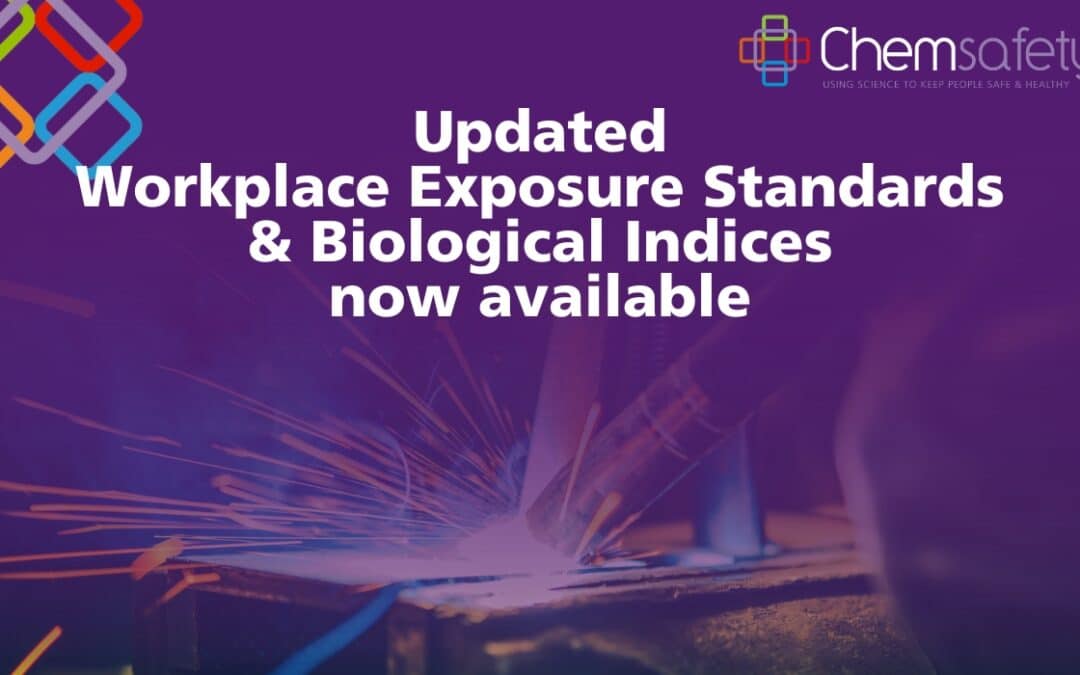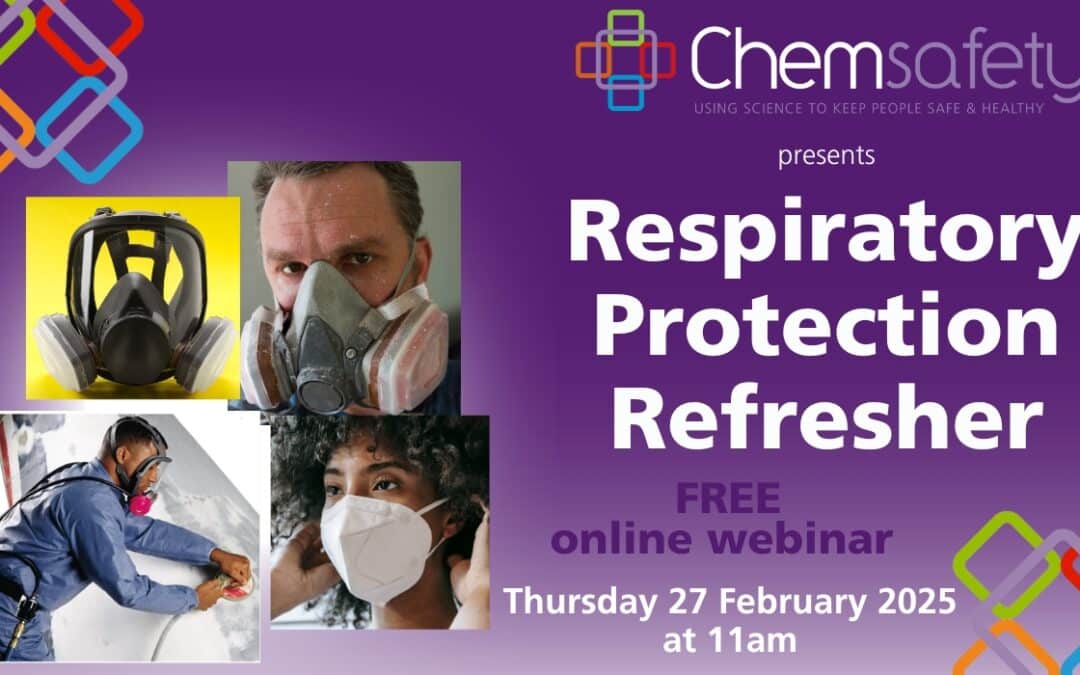

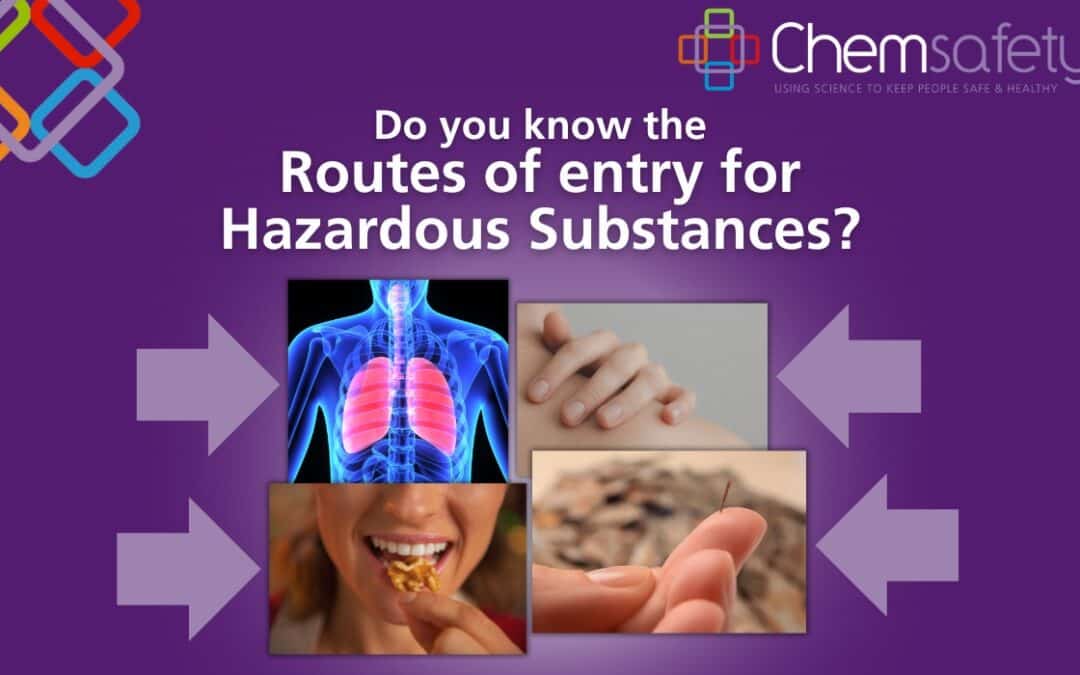
Routes of entry for hazardous substances
There are four main ways a hazardous substance can enter the body: Inhalation (breathing in) Dermally (absorbing through the skin) Ingestion Injection This piece has been written by Sam McGee, Occupational Hygiene Team Leader and Senior Consultant at Chemsafety...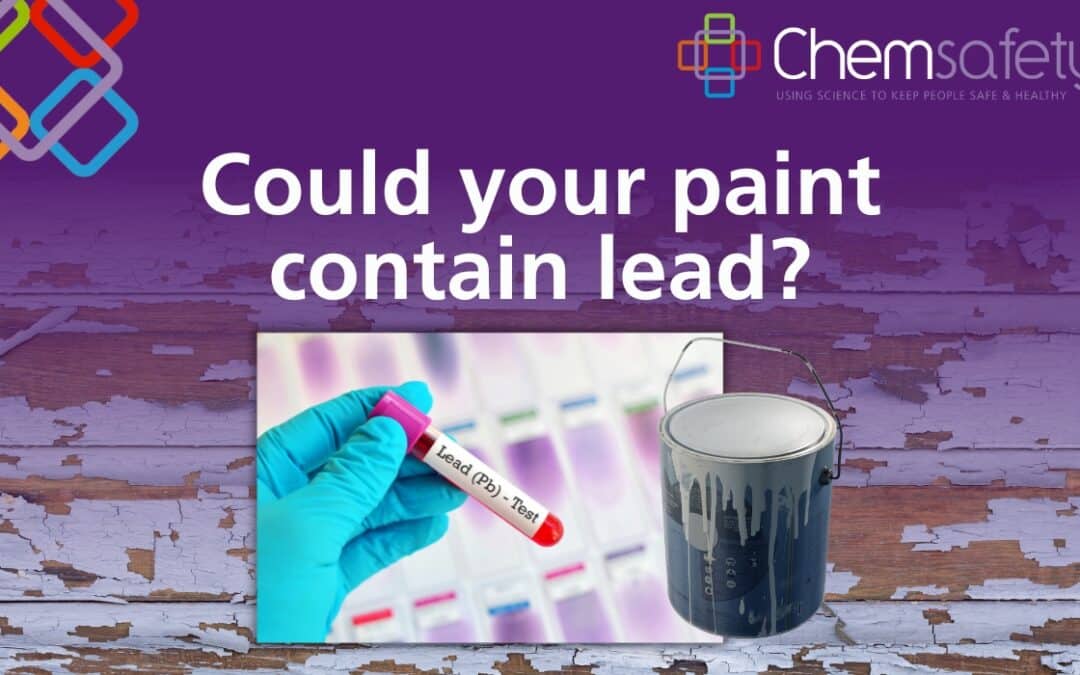
Chemsafety Services for Lead Paint Testing
Stripping off or sanding any paint containing lead can create a serious health hazard, not only for the person doing the job but for the building’s occupants and neighbours – and particularly children. Therefore, before any renovation starts in a building that was...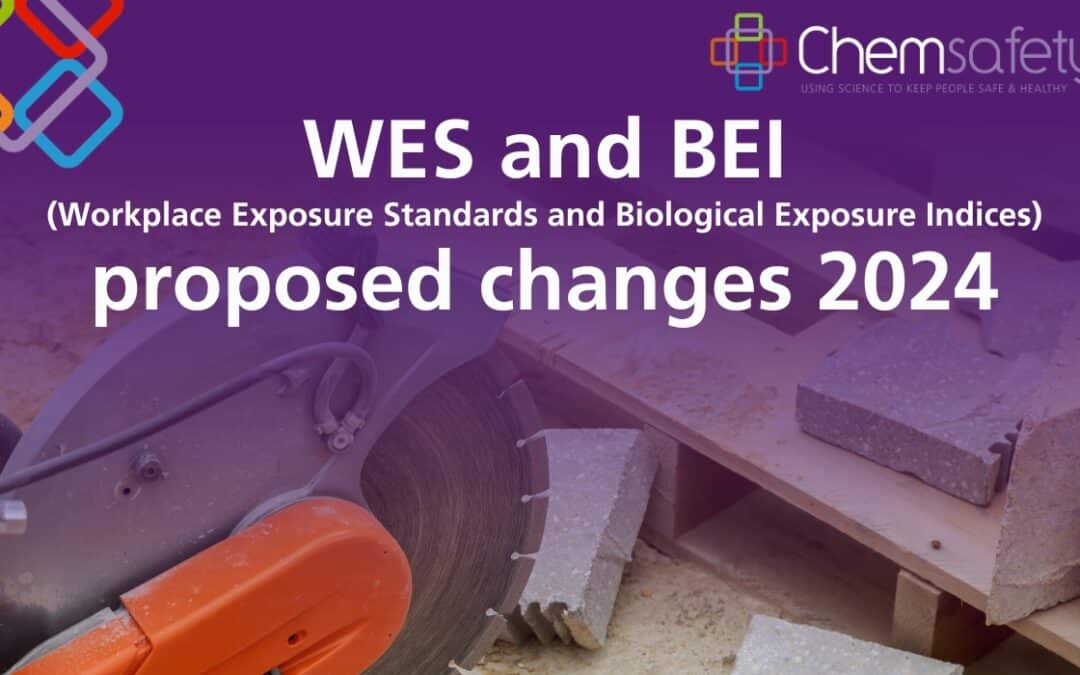
WES & BEI Proposed Changes 2024
WorkSafe has reviewed 57 Workplace Exposure Standards (WES) and 1 Biological Exposure Index (BEI). They have now opened up consultation on the proposed changes, you can be part of the consultation by going to WES and BEI proposed changes 2024 | WorkSafe and filling...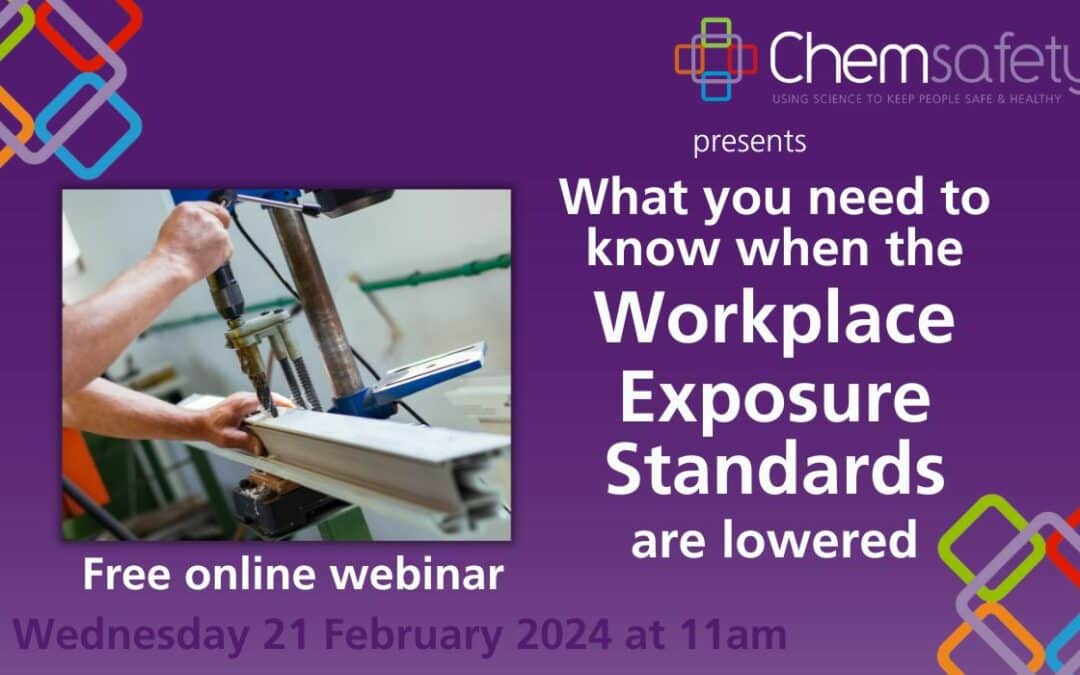
What you need to know when the Workplace Exposure Standards are lowered
In this webinar we discuss how the Workplace Exposure Standards are frequently being lowered making it more difficult for businesses to comply with the new WES and effectively protect their worker’s health. Our Senior Consultant & Occupational Team Leader...